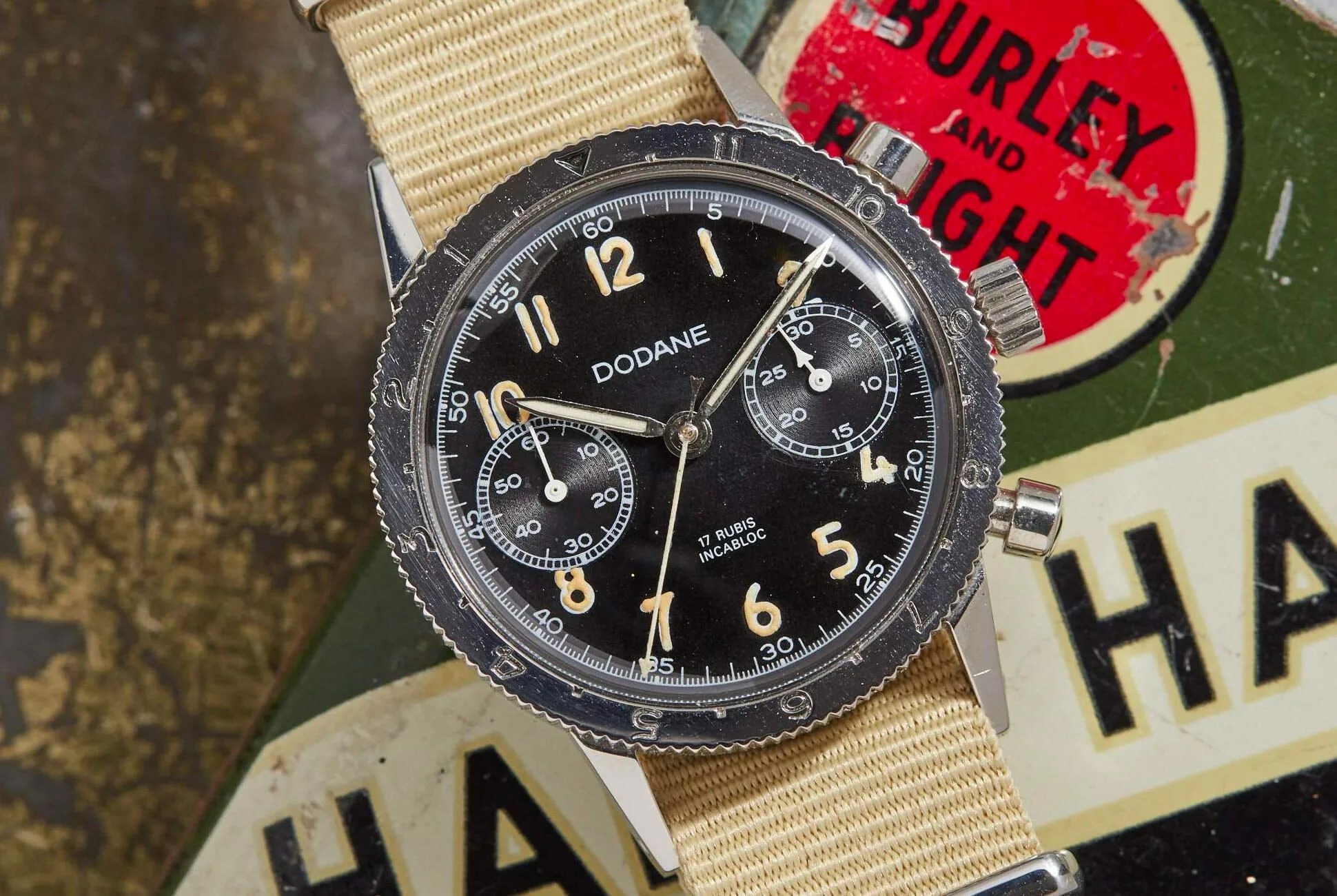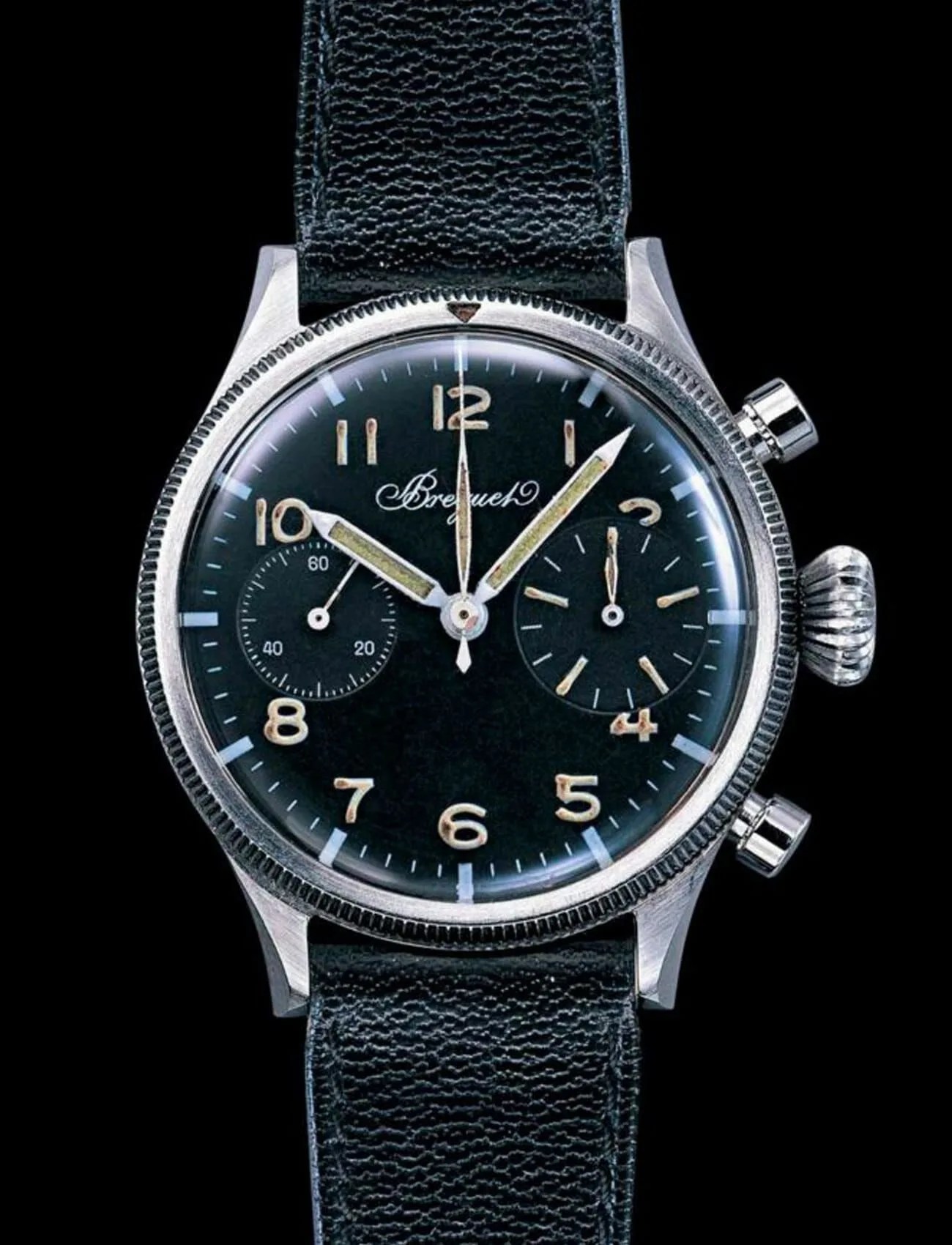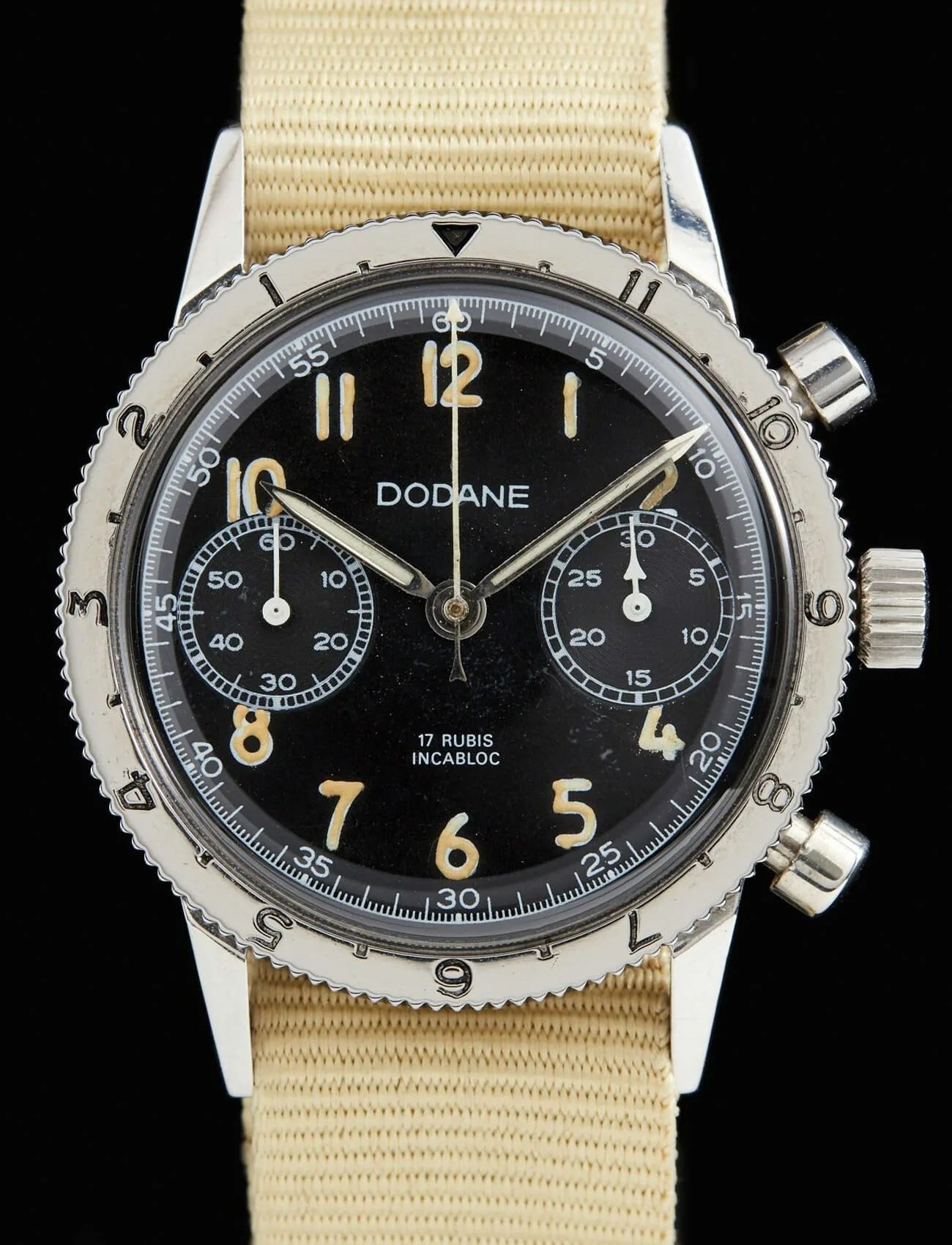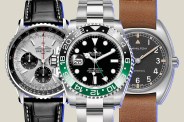Welcome to Watches You Should Know, a biweekly column highlighting little-known watches with interesting backstories and unexpected influence. This week: the Type 20.
Originally made by a handful of watch companies for France’s air force between the 1950s and 1980s, the Type 20 and Type 21 pilot watches from the likes of Breguet and Dodane are some of the coolest military chronograph watches you can find today — be they vintage or modern reissues. As military watches, they exhibit the irresistible traits that make the genre so popular with current buyers — purpose-built with resulting no-nonsense design, tough specs, and an exciting backstory — but also feature a complication considered exotic in modern watches: the flyback chronograph.
More Watches You Should Know
• Glycine Airman
• Canteen Watch
• Eterna Kon-Tiki Super
Recall for a moment that there was a time when wristwatches were tools and critical military equipment. In the all-analog cockpits of mid-century aircraft, they were used for important calculations like navigation, fuel consumption, and more. They had to be legible, tough, resistant to things like shocks, pressure changes, and extreme temperatures, and they had to remain reliably accurate through it all. That durability alone requires a lot of R&D for a watch company, but the French government also felt the complicated flyback feature was necessary for pilots.
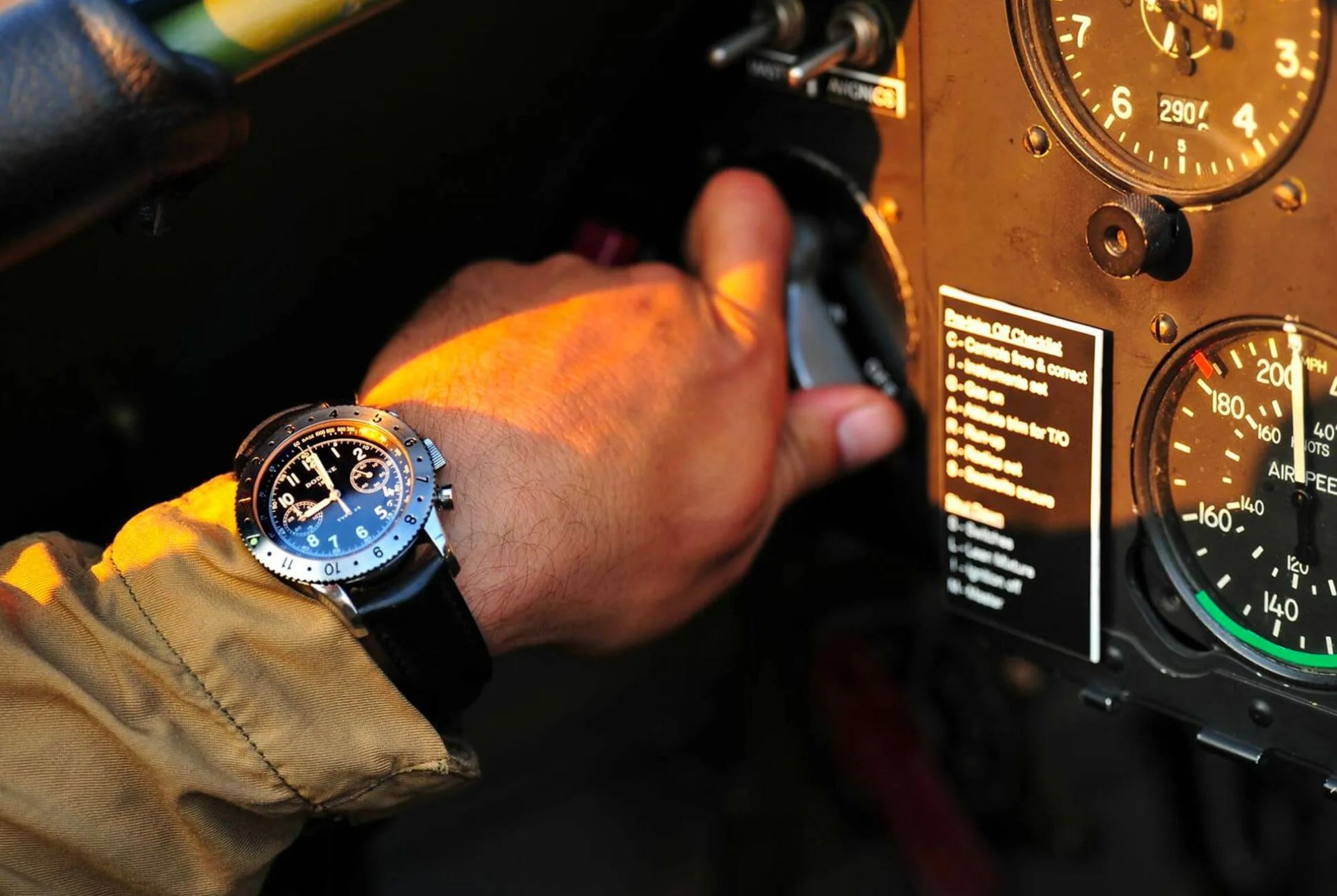
A modern reissue of the Dodane Type 21
The flyback allows a chronograph to restart from zero with a single button-push — that is, instead of the three pushes (to stop, return, and start) required to perform the same task on a regular chronograph. That might not sound like a big difference or worth the significant mechanical complication a flyback feature adds to a chronograph movement, but imagine you’re a pilot trying to time different legs of a flight while navigating — you need the ability to instantly begin a new timing interval without stopping. Hence the utility of the flyback chronograph in the cockpit.
